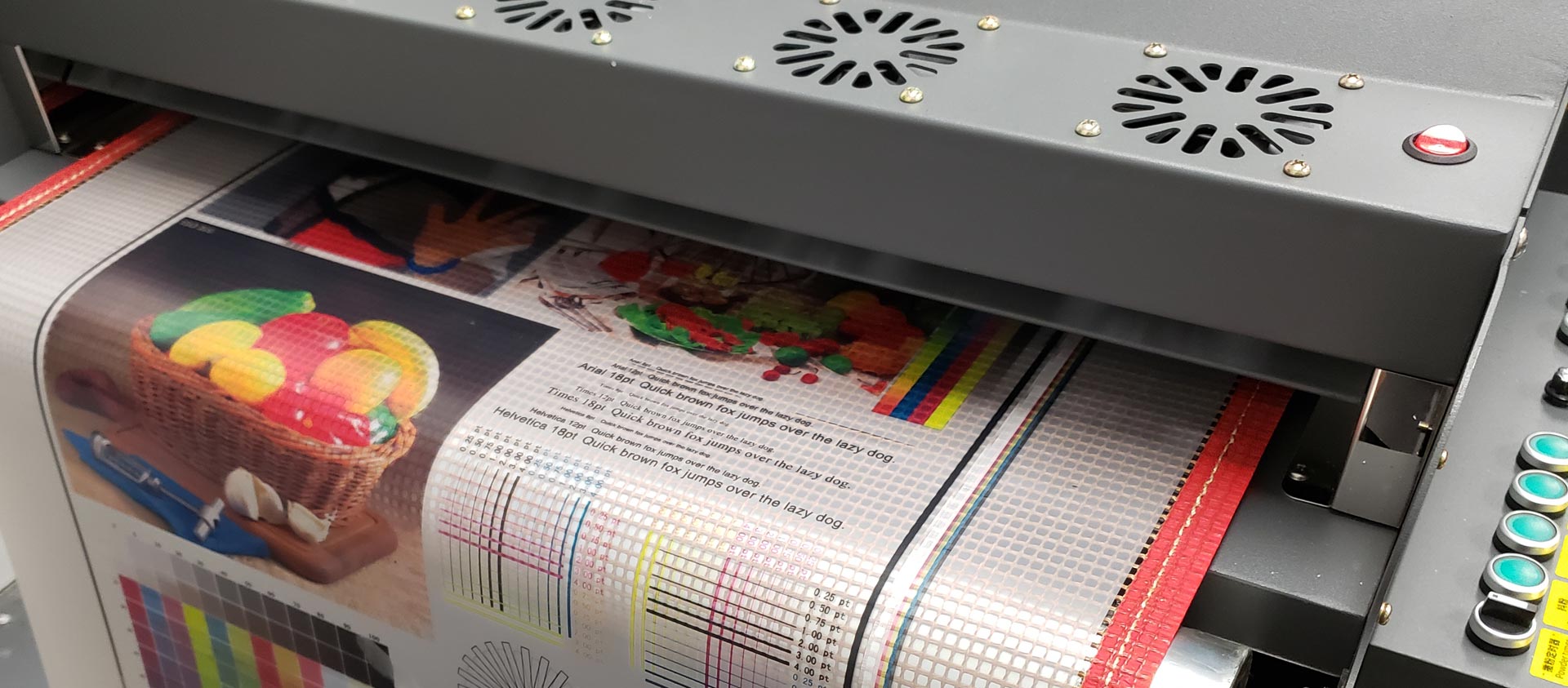The Future of Style: Discovering DTF Printing Technology in the Textile Industry
Amongst these advancements, Direct to Movie (DTF) printing innovation has actually arised as a promising competitor, offering one-of-a-kind capabilities and chances for designers and makers alike. This sophisticated printing method has actually triggered passion due to its potential to change typical textile printing processes.
Evolution of Textile Printing
From the old human beings using techniques like block printing to the digital revolution of today, textile printing has actually constantly pushed borders. As the craft spread to various other parts of the world, brand-new methods such as screen printing and roller printing arised during the Industrial Transformation, transforming the textile industry.
The introduction of digital textile printing in the late 20th century noted a considerable change towards more functional and sustainable printing techniques. The evolution of fabric printing showcases a rich background of creative thinking, ingenuity, and technical progression in the world of fashion and layout.
Advantages of DTF Modern Technology
With the advancement of fabric printing strategies from old approaches like block printing to contemporary developments such as electronic printing, the intro of Direct-to-Fabric (DTF) innovation has considerably improved the efficiency and sustainability of textile printing procedures. One of the key advantages of DTF technology is its ability to directly print designs onto textile without the need for transfer papers, which lowers waste and streamlines the production process. In addition, DTF printing permits higher color vibrancy and information precision contrasted to conventional approaches, making it possible for fabric manufacturers to produce top notch and complex designs effortlessly.
Moreover, DTF innovation is recognized for its convenience, as it can be made use of on numerous sorts of fabrics, consisting of natural fibers like silk, cotton, and wool, as well as artificial materials such as polyester and nylon (DTF Printing). This versatility opens a wide variety of opportunities for designers and suppliers to try out various structures and products, leading to more cutting-edge and one-of-a-kind products in the garment industry. In general, the implementation of DTF innovation stands for a substantial development in fabric printing, using countless benefits that add to the future sustainability and creativity of the industry
Sustainability in vogue Production
Highlighting environmentally friendly methods is vital in contemporary style manufacturing, aligning with the expanding consumer demand for lasting products. In current years, the apparel industry has actually dealt with raising examination as a result of its substantial environmental influence, including excessive water usage, chemical pollution, and textile waste. As an action, many fashion brands are now integrating lasting practices right into their manufacturing procedures to reduce injury to the atmosphere.
Sustainability in fashion production includes numerous facets, such as using recycled and natural products, decreasing energy consumption, implementing ethical labor practices, and promoting transparency throughout the supply chain. In addition, improvements in technology, like DTF printing, offer chances to better boost sustainability in fabric manufacturing. This my response technology makes it possible for precise printing on materials, reducing ink waste and water usage contrasted to standard printing approaches.
Layout Liberty and Customization

Additionally, DTF printing assists in modification on a range formerly unattainable, allowing for customized apparel and one-of-a-kind items customized to specific choices. Overall, DTF printing technology changes the design landscape in the textile market, supplying unlimited possibilities for innovative expression and customized fashion.
Effect On Supply Chain & Market Trends
DTF printing modern technology in the textile industry is reshaping supply chain dynamics and influencing market trends through its efficiency and modification capacities. By making it possible for on-demand printing and removing the demand for large stocks, DTF technology improves the supply chain process. Suppliers can produce items as required, lowering waste and storage space expenses. This just-in-time production version also enables quicker action to market demands and patterns, causing a more receptive and dexterous supply chain.
Moreover, the personalization possibility of DTF printing innovation is revolutionizing the market patterns in the fabric industry. Customers increasingly seek personalized and distinct items, and DTF enables brand names to offer custom layouts cost-effectively. This personalization capacity not only enhances client satisfaction yet also opens new chances for organizations to satisfy niche markets and separate themselves from rivals. Consequently, DTF modern technology is driving a shift towards more cutting-edge and customer-centric strategies within the textile market, shaping the future of style.

Verdict
To conclude, DTF printing technology is transforming the textile industry by providing countless advantages such as layout sustainability, flexibility, and personalization. This cutting-edge modern technology is improving the future of fashion production, affecting supply chains, and driving market fads towards much this article more efficient and eco-friendly techniques. As the market remains to progress, DTF printing will play an important duty fit the method textiles are created and eaten in the years to come.
From the old civilizations utilizing strategies like block printing like it to the electronic change of today, fabric printing has continually pushed limits. As the craft spread to other components of the world, brand-new approaches such as screen printing and roller printing arised throughout the Industrial Transformation, changing the textile sector.
The introduction of digital fabric printing in the late 20th century marked a considerable change in the direction of even more lasting and versatile printing approaches.With the advancement of fabric printing strategies from ancient approaches like block printing to modern-day developments such as digital printing, the introduction of Direct-to-Fabric (DTF) innovation has actually considerably boosted the performance and sustainability of fabric printing processes (DTF Printing).In reaction to the vital shift in the direction of sustainability in style manufacturing, the fostering of cutting-edge innovations like DTF printing not just addresses ecological worries but likewise opens up avenues for unparalleled design liberty and customization in the textile sector